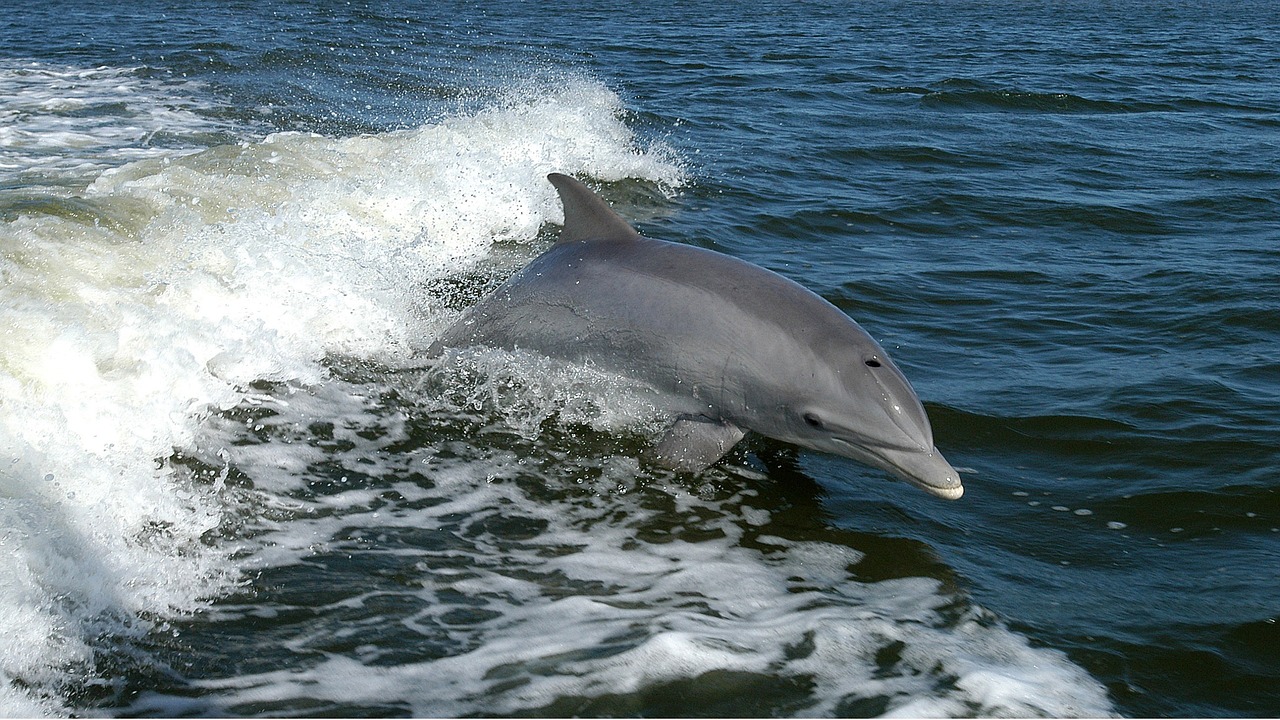Dolphins have always fascinated humans: they’re sociable, they’re intelligent, they’re very agile and they love playing in the water, doing acrobatics.
There’s something more, some news from the world of bottlenose dolphins… Bottlenose dolphins squeak, squawk and use body language. Each bottlenose dolphin has a special whistle, just like a human’s name. As superheroes, they have a sharp sight and they’re able to use sonar detection.
That’s not all, in a recent study published in the Journal of Experimental Biology [1] a new “superpower” has been brought to light: the electroreception.
This is not a novelty for sharks or fish or amphibians, but in dolphins it has been deepened only in recent times. In the study two female bottlenose dolphins named Dolly and Donna were exposed to either direct current (DC) or alternating current (AC) electric field stimuli. The dolphins responded to both currents, however they excelled at detecting direct current, which produces a steady signal. Both currents are a form of electricity that living things generate.
Why this surprising ability?
A possible explanation is related to the limits of echolocation. Echolocating dolphins can detect solid objects and live fish in their natural habitat at a high distance (approximately around one hundred meters). In a benthic feeding strategy, an echolocating dolphin may detect a fish buried 30 cm in the sediment from some distance. Furthermore, bottlenose dolphins bury themselves deeply into the sea floor to catch fish hidden in the sediment, where object detection by echolocation is possibly limited owing to reverberation and scattering effects at the sea floor. The high degree of water turbidity created by these benthic foraging strategies could maximally occlude vision toward potential prey. So, electroreception may come in handy in situations where sight and echolocation are impaired, facilitating short-range prey detection and target-oriented snapping of their prey.

Furthermore, the ability to detect weak electric fields may enable dolphins to perceive the Earth’s magnetic field through induction-based magnetoreception, thus allowing large-scale orientation.
[1] Passive electroreception in bottlenose dolphins (Tursiops truncatus): implication for micro- and large-scale orientation; Tim Huttner, Lorenzo von Fersen, Lars Miersch and Guido Dehnhardt – Journal of Experimental Biology (2023) 226.





